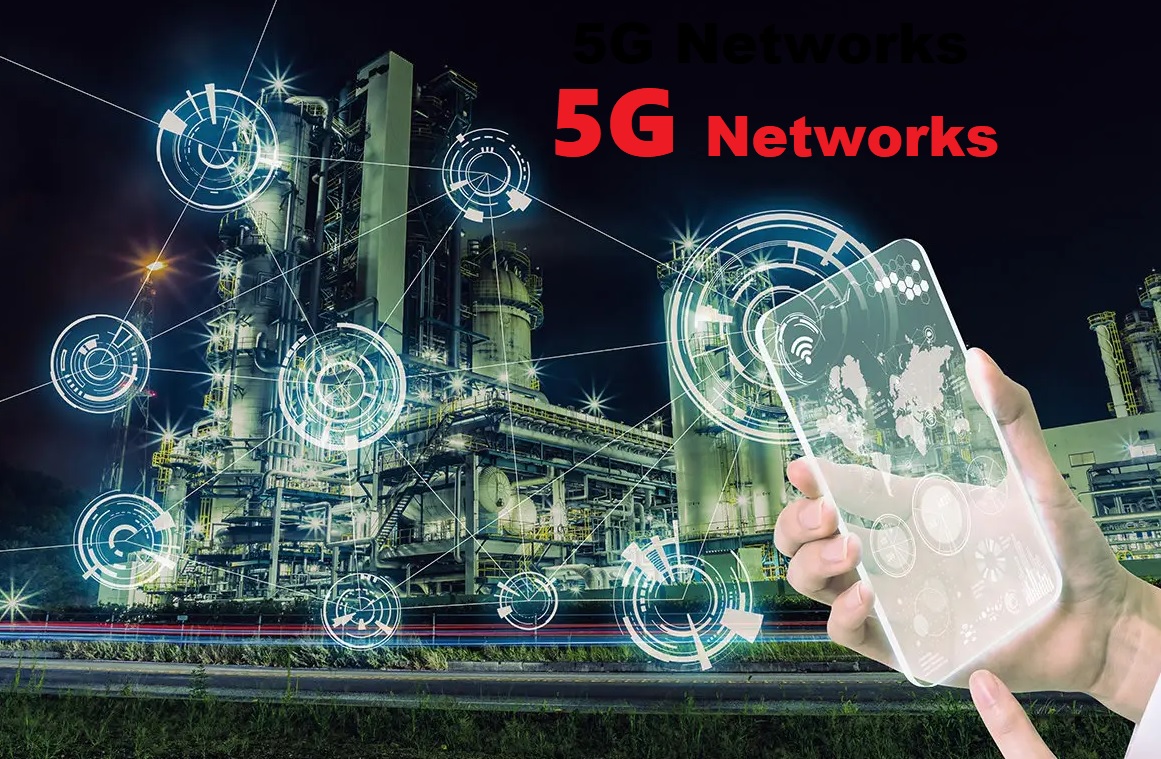
With the rapid evolution of technology, 5G networks are becoming the new standard for wireless communication. As we move towards 2023 and beyond, we can expect to see a significant expansion of 5G networks globally. In this article, we will explore what 5G networks are, their benefits, and what to expect in the future.
What are 5G networks?
5G networks are the fifth generation of wireless networks. They are designed to provide faster and more reliable data transmission and enable new use cases such as virtual reality, remote surgery, and self-driving cars. Compared to 4G networks, 5G networks have lower latency, higher bandwidth, and can support more devices.
Benefits of 5G networks
5G networks offer several benefits, including:
- Faster speeds: 5G networks can deliver data speeds up to 20 times faster than 4G networks, making it possible to download large files quickly and stream high-quality video without buffering.
- Lower latency: 5G networks have lower latency than 4G networks, which means that there is less delay in data transmission. This is particularly important for real-time applications such as virtual reality, remote surgery, and self-driving cars.
- More reliable connections: 5G networks are designed to be more reliable than 4G networks, with improved signal strength and coverage.
- More devices: 5G networks can support more devices per square kilometer than 4G networks, which is essential for the growing number of connected devices.
What to expect in 2023 and beyond
In the coming years, we can expect to see a significant expansion of 5G networks globally. Here are some of the things we can expect:
-
Increased coverage: By 2023, it is expected that 5G networks will cover over one-third of the world’s population. This will enable more people to benefit from the advantages of 5G networks.
-
More 5G-enabled devices: As 5G networks become more widespread, we can expect to see more devices that are 5G-enabled. This includes smartphones, tablets, laptops, and other IoT devices.
-
New use cases: 5G networks will enable new use cases that were previously not possible. This includes remote surgery, virtual reality, and self-driving cars. We can expect to see significant advancements in these areas as 5G networks become more widespread.
-
Continued development: 5G networks are still in the early stages of development, and we can expect to see significant advancements in the technology in the coming years. This includes improvements in speed, latency, and reliability.
FAQs
When will 5G networks be available globally?
5G networks are already available in many countries, and we can expect to see a significant expansion of 5G networks globally in the coming years.
What are the advantages of 5G networks?
5G networks offer faster speeds, lower latency, more reliable connections, and the ability to support more devices per square kilometer.
What new use cases will 5G networks enable?
5G networks will enable new use cases such as remote surgery, virtual reality, and self-driving cars.
What can we expect from 5G networks in the future?
We can expect to see a significant expansion of 5G networks globally, more 5G-enabled devices, new use cases, and continued development of the technology.
Conclusion
5G networks are set to revolutionize the way we connect to the internet. With faster speeds, improved reliability, and lower latency, 5G promises to enable new and innovative use cases, from IoT devices to AR and VR technologies. As 5G continues to expand, we can expect to see widespread coverage, enhanced connectivity for IoT devices, increased adoption of AR and VR technologies, expanded cloud computing capabilities, and an increased demand for network security.





